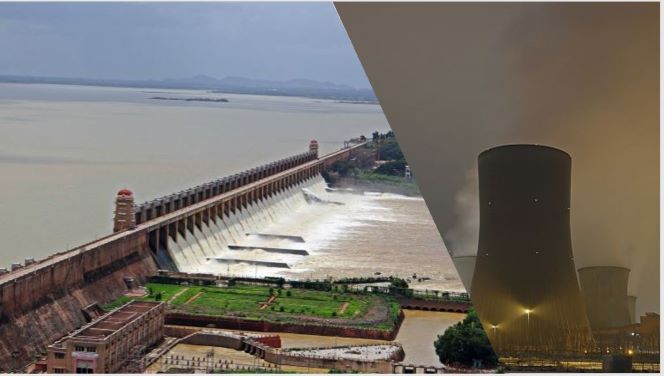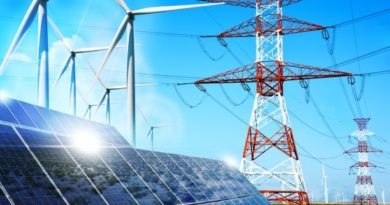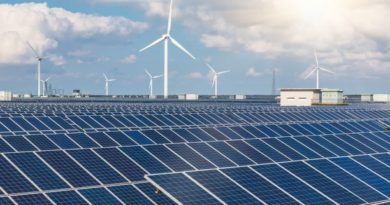India Rating Report: Energy Demand Increase Met by Hydro & Nuclear Generation
Bringing some good news on the performance of the hydro power sector, the India Ratings and Research released a report highlighting the trends in the power sector, with a focus on capacity addition and generation among other issues.
 The Two stars of India Rating and Research report
The Two stars of India Rating and Research report
According to the report by India Ratings and Research, the Demand-supply gap following improved power requirement in August this year was met by increased hydro and nuclear power generation bringing down peak deficits to 0.5%.
In August 2018, all-India energy requirement increased 6% over August last year to 112.0 billion units and available energy increased 6.2% to 111.4 billion units. Peak demand deficit improved to 0.5% in August 2018 against 2% last August.
According to the report by India Ratings, increase in power demand was met through higher electricity generation, which increased 11.7% year-on- year to 105.7 billion units, especially driven by a healthy year-on-year rise in generation from hydro/hydel sources by 20% and nuclear by 18.1% while thermal generation remained almost at the same levels. Thermal plant load factor declined to 56.4% in August 2018 from 57.9% in August 2017.
On renewables, it stated that the total renewable power generation rose 21.8% this August against last August to 15.8 billion units in July 2018, on account of improved generation from the wind sector due to higher capacities and wind speeds. Solar energy generation increased to 2.6 billion units in July 2018 from 1.7 billion units in July 2017. The growth can be attributed to the addition of solar capacities in both the solar roof top and ground mount capacity addition that has crossed 25GW so far this year. Wind power generation increased to 11.4 billion units in July 2018 from 9.8 billion units in July 2017. A greater increase can be expected as the recent LiDAR Preliminary assessment had shown promising offshore wind potential in the southern tip and west coast of India. Then a pre-feasibility report was prepared in which eight zones were identified on the Gujarat and Tamil Nadu coastal areas.
Production from Coal India increased 3.1% in August against last August to 38.8 million tonnes, supporting thermal generation growth. Coal inventory at power stations improved 23.7% year-on-year, unlike previous months. This was on account of higher generation from hydro/hydel and renewable sources, which led to lower reliance on thermal generation for meeting incremental demand. Number of power stations with critical and supercritical levels declined to 11 in August 2018 from 12 in August 2017.
The agency however has also maintained a stable-to-negative outlook on the power sector for the remaining FY19, despite a rise in electricity demand and an increase in short-term prices.
ALL INDIA INSTALLED CAPACITY (IN MW) OF POWER STATIONS




